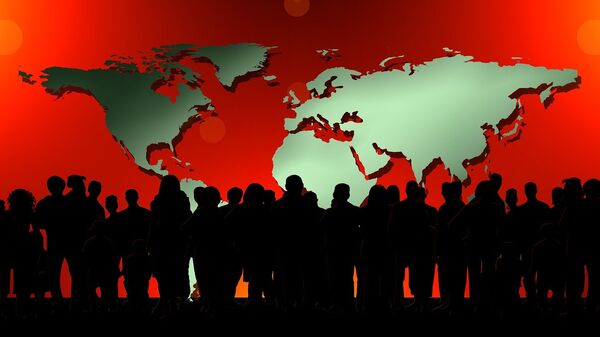The world’s population is expected to reach around 10.9 billion by 2100, while the annual growth rate will drop to less than 0.1%, which is a “steep decline,” according to Pew. Between 1950 and today, the global population increased between 1% and 2% every year, with the number of people increasing from 2.5 billion to more than 7.7 billion.
The global fertility rate is projected to fall from 2.5 births per woman to 1.9 by 2100. The replacement fertility rate (the number of births required to sustain a population’s size) is 2.1 births per woman.
The fertility rate is expected to drop below replacement by 2070. Meanwhile, the world’s median age is also expected to increase from the current 31 to 42 by 2100 due to factors such as increased life expectancy.
While the overall global birth rate will decrease, some world regions will experience population growth for the rest of the century. Africa’s population, for one, is projected to increase from 1.3 billion to 4.3 billion between 2020 and 2100. Most of these population increases will be in sub-Saharan Africa. In addition, half of all baby births worldwide in 2100 will take place in Africa, according to the analysis.
While the population will grow at slower rates in much of the world toward the end of the century, half of all population growth by 2050 will occur in nine countries: India, Nigeria, Pakistan, the Democratic Republic of the Congo, Ethiopia, Tanzania, Indonesia, Egypt and the United States.
According to Amy Snover, director of the University of Washington's Climate Impacts Group, population increases in sub-Saharan Africa will significantly impact climate change.
"Our impact on the climate is tied up with population in lots of different ways -- what resources people are using, how much industrial production is going on, how much energy is needed for heating, cooling and transportation," Snover told NBC News.
Migration from the rest of the world will drive population growth in the Northern America region, according to the report. The US immigrant population is expected to increase by over 85 million over the next 80 years. Migration is also expected to be a factor behind the population growth in Canada.
Pew’s findings also reveal that the populations of both Europe and Latin America will decline by 2100. Asia’s population is expected to increase from 4.6 billion in 2020 to 5.3 billion in 2055 and then begin to decline. India is predicted to become the world’s most populous country by 2027, taking China’s place.





